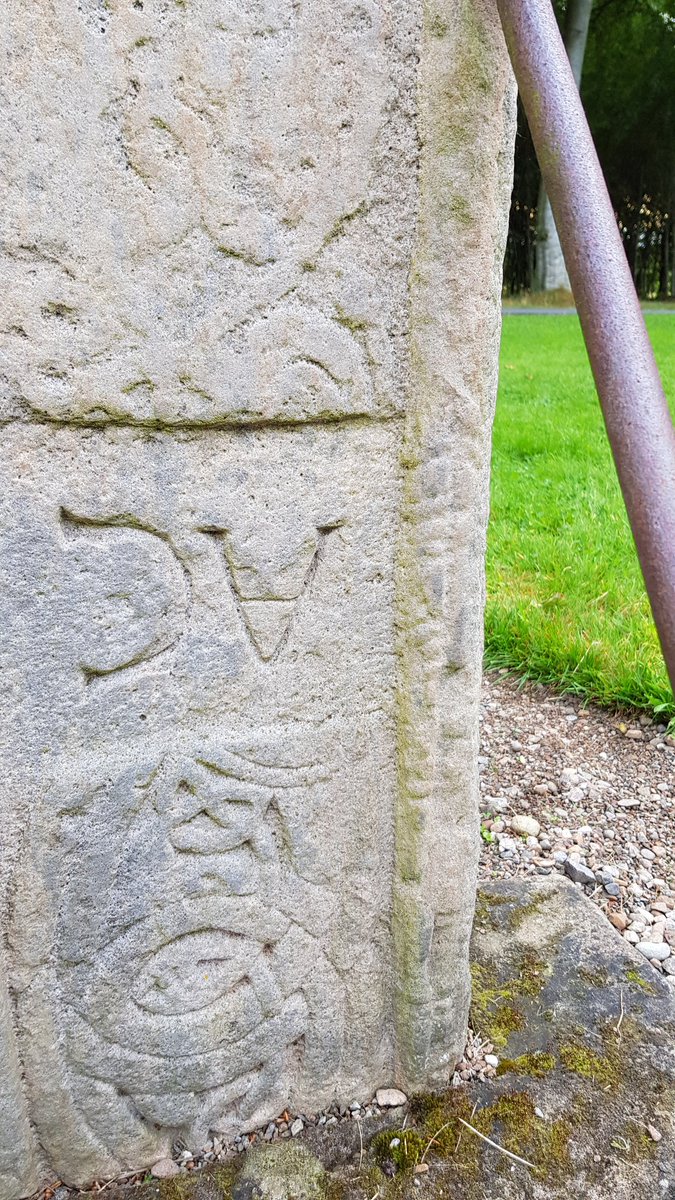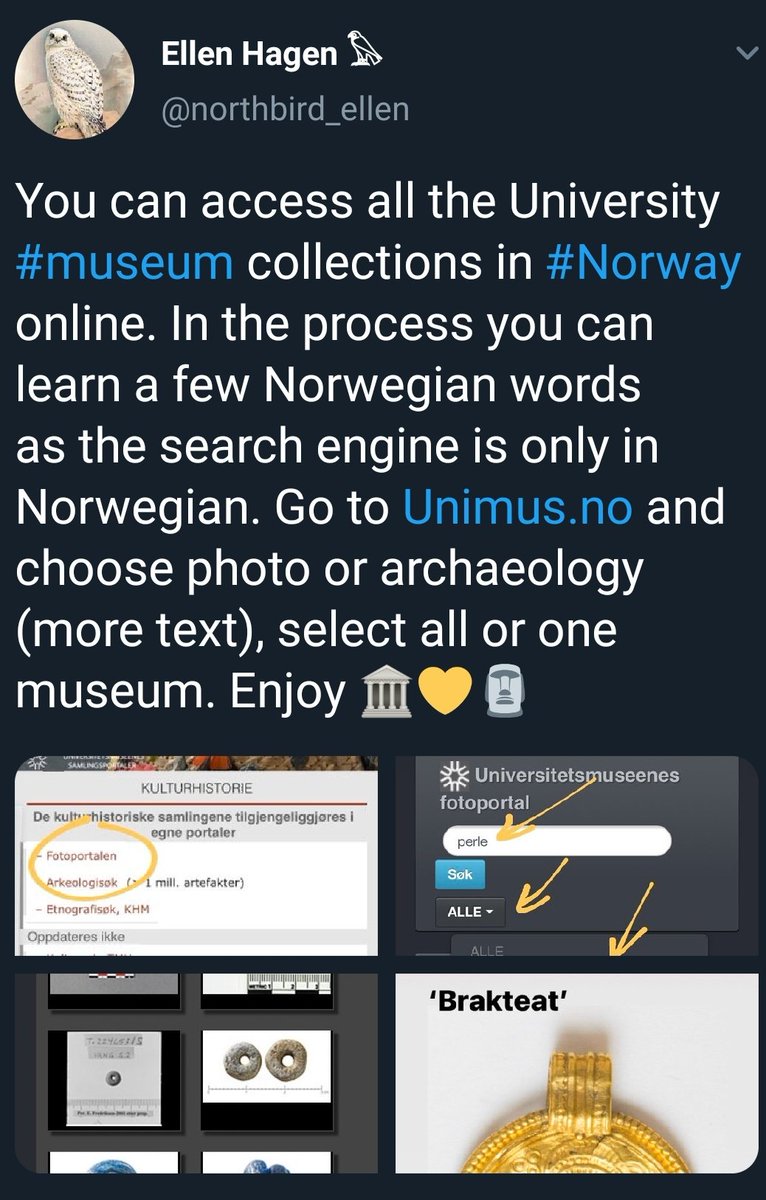Mini thread 🧵 on the news that 'Glasgow dock that featured in film 1917 to be restored', we imagine as stage one of the planned commercial and heritage development of the site news.stv.tv/west-central/g…
Possibly the most effective scene in '1917' - that really brought home the dangers in a multi-theatre context - was filmed at Govan Graving (= dry) Docks in Glasgow, with the No.1 Dock that is to be restored featuring as a canal 🎬 #WW1 

The (just about) surviving pump house was added to with temporary prop extensions and cleared of invasive weed growth for filming. Film unit cranes can be seen in the lower image: 

The enormous scale of these dry docks can be seen from this beautiful plan, which shows the confidence and ambition of industrial Glasgow. The docks are situated to the west of @gsc1.
#Govan #history #archaeology
Image: commons.m.wikimedia.org/wiki/File:Dkbk…
#Govan #history #archaeology
Image: commons.m.wikimedia.org/wiki/File:Dkbk…

Here, the docks can be seen in their wider environment and the multiple shipyards to the west.
Image via: commons.m.wikimedia.org/wiki/File:Dkbk…
Image via: commons.m.wikimedia.org/wiki/File:Dkbk…

The docks, used to repair ships, continued a tradition that probably stretched back to the early medieval period, when Viking ships ventured up the Clyde after taking Dumbarton Rock from the Alt Clut kingdom, forcing the Britons to move their centre to @GovanStones 📷 & Partick. 

We can imagine Viking ships from Dublin being repaired on the now-lost 'inches' (islands) near @GovanStones, or perhaps even drawn up at the site of Govan Old Parish Church. We do know for sure that the new Govan-Partick centric Kingdom of Strathclyde had Scandinavian influence: 





...but these hogbacks, apparent burial monuments that may have originated in the Anglo-Scandinavian Yorkshire region of the 'Danelaw', may have come up the Clyde valley and not via the Irish Sea.
In any case, we hope you enjoyed this history and archaeology trip!
In any case, we hope you enjoyed this history and archaeology trip!

• • •
Missing some Tweet in this thread? You can try to
force a refresh




















